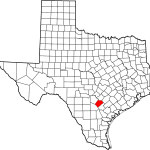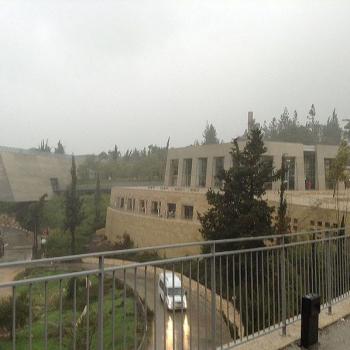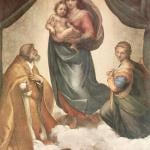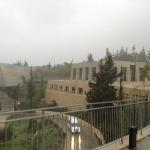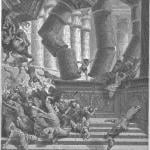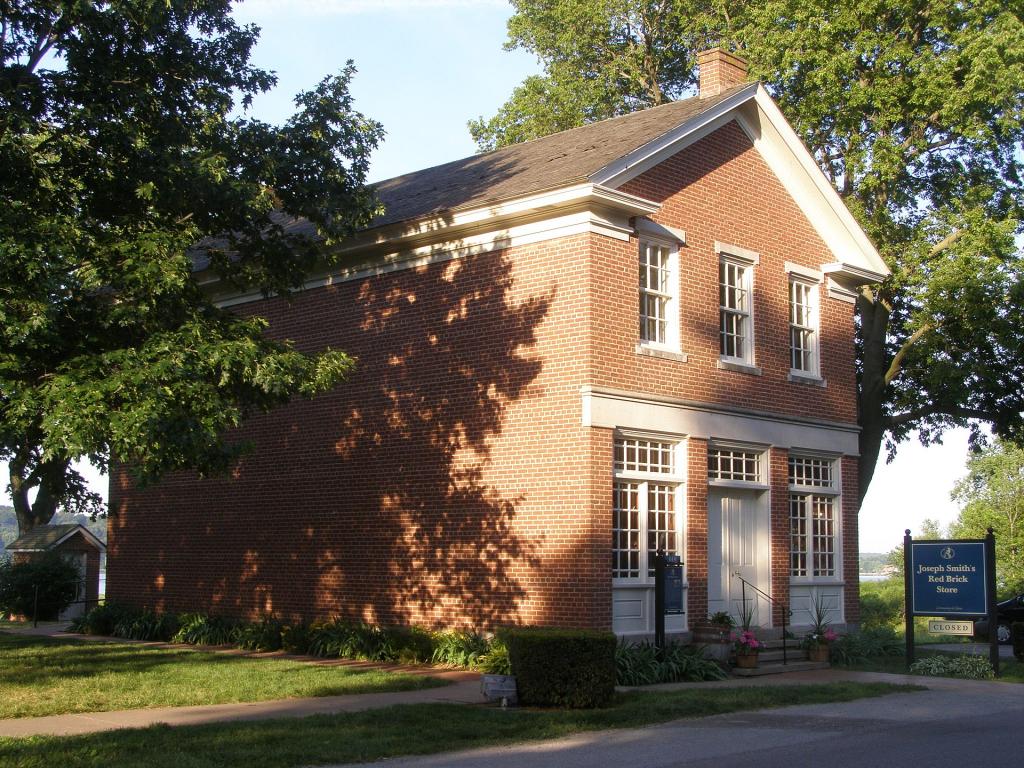
The so-called “Red Brick Store” in Nauvoo served both as an office for Joseph Smith and the First Presidency and as a business intended to help the Prophet support his family. (Brigham Young later recalled that it never worked very well in that regard, because Joseph gave too much merchandise away.)
An incident that occurred in the store is one of many that illustrate something about Joseph’s charitable nature. Accounts like this are helpful to keep in mind when, as often happens, one of his many modern detractors and critics claims that he was a rapacious con-artist who was only in it for the money:
James Leach (1815-1911) was an Englishman and a non-Latter-day Saint who had come to Nauvoo with his convert sister, Agnes, and her husband, Henry Nightingale. After looking for work in Nauvoo without success, James and Henry decided to ask Joseph Smith for help. Later, James recalled:
“We . . . found [Joseph] in a little store selling a lady some goods. This was the first time I had had an opportunity to be near him and get a good look at him. I felt there was a superior spirit in him. He was different to anyone I had ever met before; and I said in my heart, he is truly a Prophet of the most high God.
“As I was not a member of the Church I wanted Henry to ask him for work, but he did not do so, so I had to. I said, ‘Mr. Smith, if you please, have you any employment you could give us both, so we can get some provisions?’ He viewed us with a cheerful countenance, and with such a feeling of kindness, said, ‘Well, boys, what can you do?’ We told him what our employment was before we left our native land.
“Said he, ‘Can you make a ditch?’ I replied we would do the best we could at it. ‘That’s right, boys,’ and picking up a tape line, he said, ‘Come along with me.’
“He took us a few rods from the store, gave me the ring to hold, and stretched all the tape from the reel and marked a line for us to work by. ‘Now, boys,’ said he, ‘can you make a ditch three feet wide and two and a half feet deep along this line?’
“We said we would do our best, and he left us. We went to work, and when it was finished I went and told him it was done. He came and looked at it and said, ‘Boys, if I had done it myself it could not have been done better. Now come with me.’
“He led the way back to his store, and told us to pick the best ham or piece of pork for ourselves. Being rather bashful, I said we would rather he would give us some. So he picked two of the largest and best pieces of meat and a sack of flour for each of us, and asked us if that would do. We told him we would be willing to do more work for it, but he said, ‘If you are satisfied, boys, I am.’
“We thanked him kindly, and went on our way home rejoicing in the kindheartedness of the Prophet of our God.”
(James Leach, in “Recollections of the Prophet Joseph Smith,” Juvenile Instructor, 1 March 1892, pages 152-153; punctuation modernized and paragraph divisions altered.)
James Leach was baptized later that same year and recorded that he “often had the privilege of seeing [the Prophet’s] noble face lit up by the Spirit and power of God.”
Many enemies of Joseph Smith today have strong opinions about him. It’s good, though, to hear from those who actually knew him at first hand.
***
Today in the meeting of my priesthood quorum, the discussion centered on selections from a 4 March 2017 “Face to Face with President Eyring and Elder Holland” that occurred in Palmyra, New York.
I had not actually seen the video previously, but I really enjoyed what we watched today and I commend it to you. The total time is slightly more than 1.5 hours. If you prefer, of course, you can watch it in shorter segments:
https://www.lds.org/broadcasts/face-to-face/eyring-holland?lang=eng
***
And here’s some more great listening, available through the Interpreter Foundation:
“Martin Luther’s Theses – 500 Years Later,” with Craig Harline
***
Incidentally, the Interpreter Foundation now has two distinct websites, one for the journal itself and a new one for essentially everything else.
I am, to put it mildly, computer- and technology-challenged, so I had somewhat less than nothing to do with the creation of the new website. (My staying away from it was the best contribution to launching it that I could possibly have made.) Thus, I’m not the person who will need to maintain it or to make any changes that might need to be made.
So I can, with perfect serenity, invite feedback from users out there. Please alert us to problems. After all, I won’t be the one needing to deal with possible issues.
But please be kind. We’re not paid for this. And we’re pedaling about as fast as we can.



